TEAM 1: REFLEX
Spring 2007
MEMBERS
PROJECT CONCEPT
^ back to top
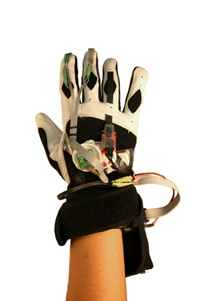
|
Develop a glove that can be used as a controller for a game system such as the Nintendo Wii.
Primarily using accelerometers, the glove will sense the motions that its user makes to allow for a
more realistic interaction and gaming experience. The project is aiming for a successful
demonstration of the concept and an implementation that could drive the future of gaming.
|
MOTIVATION
^ back to top
Most game controller systems involve the use of joysticks or some basic motion detecting capability to enhance gaming experience. Instead of holding a controller and pressing the buttons for input, users can wear the glove and perform comfortable, natural motions to provide more realistical input.
COMPETITIVE ANALYSIS
^ back to top
Nintendo Wii
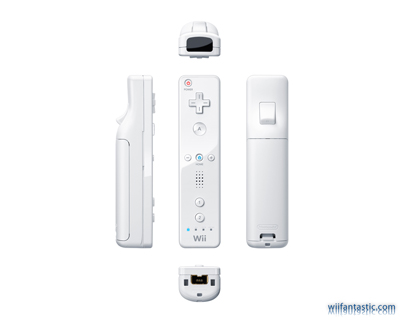
- A commercial gaming system with a remote control-like controller with motion sensors
- Requires a hand-held controller with a wrist band to strap on in order to prevent accidents
Berkeley Acceleration Sensing Glove

- Glove system that translates gestures into computer interpreted symbols
- Academic project that is not incorporated into gaming systems
TECHNICAL SPECIFICATIONS
^ back to top
Hardware:
Software:
- Java GUI to display accelerometer data
- TinyOS/NesC to program Telos Motes
Protocols:
- Zigbee for wireless communication between Telos Motes
- Bluetooth to connect to the Wii
REQUIREMENTS
^ back to top
Functional:
- Extract accelerometer data and interpret it into movements
- Communicately wirelessly from Telos Motes to the laptop station
- Connect to Wii via Bluetooth and act as a controlling device for the Wii
- Detect finger movements/positioning with push buttons and flex sensors
Timing: Read and interpret data in under 50 ms
Portability: Glove and all gear should weigh under 2 lbs
Reliability: Glove and the embedded device should stay together under extreme Wii use
ARCHITECTURE
^ back to top
Conceptual Architecture Diagram
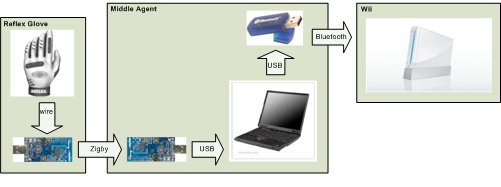
System Architecture Diagram
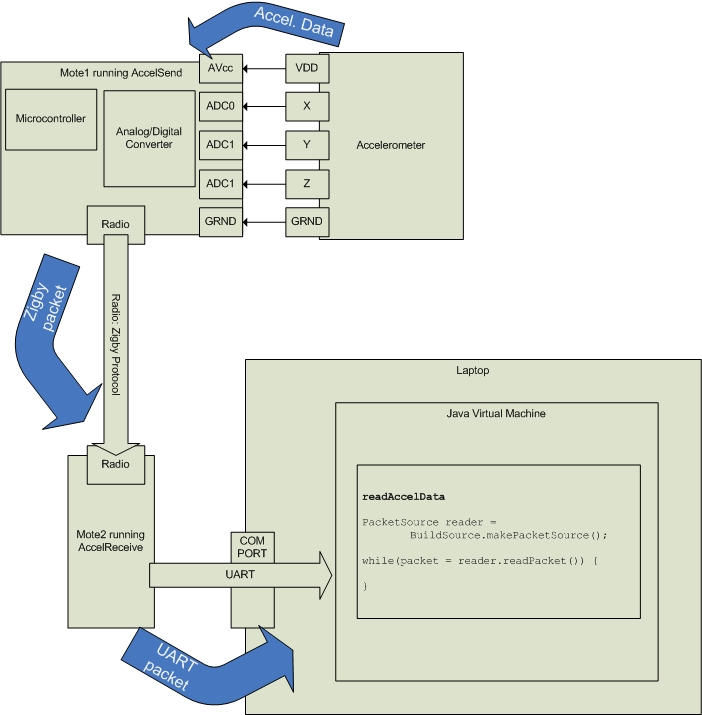
USE CASES (INTERACTION DIAGRAMS)
^ back to top
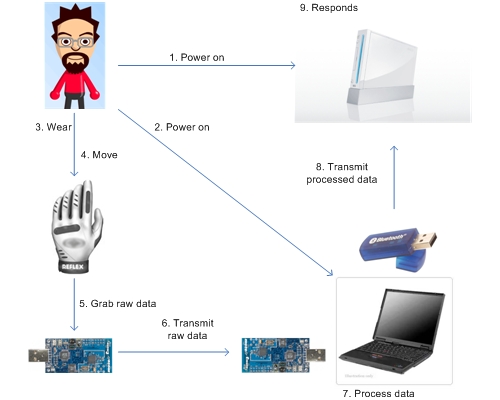
SYSTEM STATES & TRANSITIONS
^ back to top
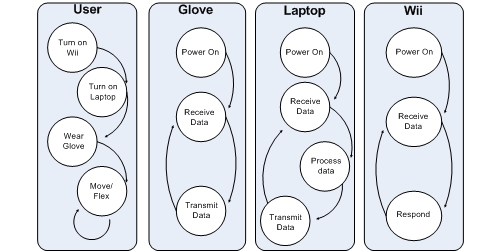
UML Style Diagram for the Glove
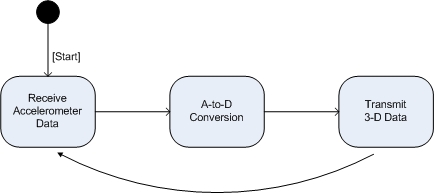
RISKS & MITIGATION
^ back to top
Fundamental:
- Data loss during communication: either disregard or extrapolate. Real-time performance and responsiveness matters over accuracy
- Failure to produce sufficient real-time performance and responsiveness:optimize coding and minimize functionality to produce the best work-around
Ancillary:
- Failure to directly communicate with Wii: proceed with using the laptop station as the proxy for the Wii
- Failure to incorporate the flex sensor: substitute with the sensor with pre-made breakout board attached to it
- Sensor failure due to external causes: re-design the hardware system to protect sensors, or limit users from operating under extreme conditions
IMPLEMENTATION DETAILS
^ back to top
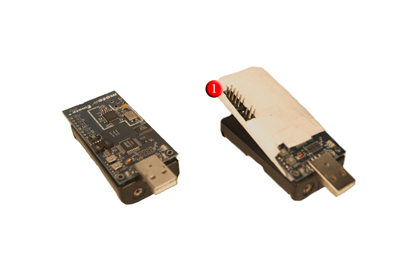
A bare-bone Telos Mote, and our modification with 1) the connector pins that would easily connect and disconnect to the wire. The entire board is wrapped up with paper so that static electricity will not affect the integrity of the chips when inserted into the elastic pouch.
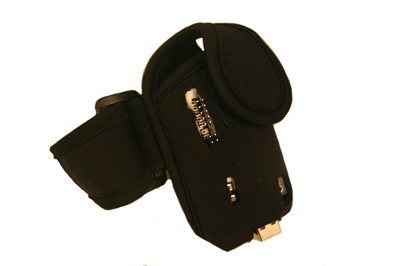
This elastic pouch on an arm band will holster the modified Telos Mote, with cut-outs for easy access to the connector pins, push buttons and the LED status display.
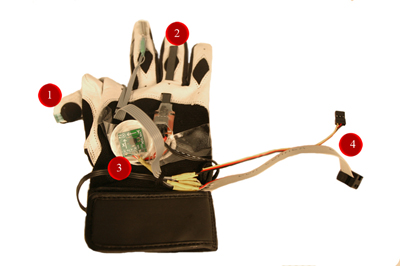
The glove is mounted with 1) force sensors on the tips of the index and the middle finger, 2) a flex sensor on the ring finger, 3) the accelerometer chip on the back of the hand and 4) wiring and connectors to the Telos Mote.
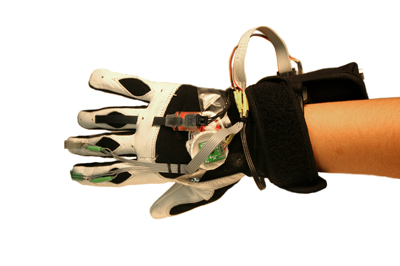
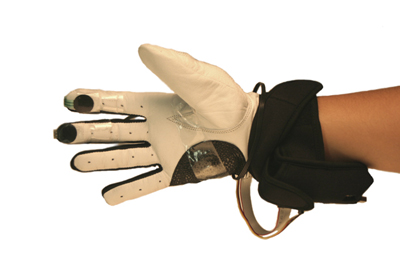
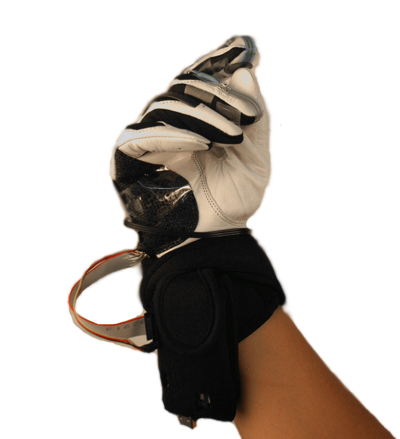
TEST CASES
^ back to top
Power On/Off Stage
- Fault-free
- Purpose: Ensure proper functioning of the system when powered on/off
- Method: Exhaustive user testing
Axial Movement
- Fault-free
- Purpose: Test the basic functionality of the system
- Method: exhaustive user testing
Wireless Communication Throughput
- Fault-free
- Purpose: Determine the granularity of the control the system provides to users
- Method: Calculate the volume of messages sent per unit time
Wireless Communication Lag
- Fault-free
- Purpose: Determine the responsiveness of the control the system provides to users
- Method: Use round-trip delivery from a mote to the laptop station as lag estimate
Flex / Force Sensor Functionality
- Fault-free
- Purpose: Ensure additional functionalities of the system working properly
- Method: Exhaustive user testing (after sensors mounted / incorporated into the system)
EXPERIMENTAL EVALUATION
^ back to top
#1
- Hypothesis:
To prove that the system lag time is under 20ms
- Test setup:
1 telos mote + accelerometer ("Sender"), 1 telos mote + laptop + Java ("Receiver")
- Metrics:
Round-trip time = Sender-to-Receiver-to-Sender time
lag time ~= round-trip time / 2
- Workload:
- Parameters:
Distance between motes, size of messages
- Test run:
Keep size of messages constant (approx. equal to actual data message size)
Vary distance (1 ft ~ 10 ft)
- Experiment:
Number of test runs: 50
Average round-trip time: 8ms
Average delay: 4ms
#2
- Hypothesis:
To prove that the system throughput can handle regular data size
- Test setup:
1 telos mote + accelerometer ("Sender"), 1 telos mote + laptop + Java ("Receiver")
- Metrics:
# of messages / second
- Workload:
- Parameters:
- Test run:
- Experiment:
Number of runs: 100
Average message per sec: 250 msg/s

LESSONS LEARNED
^ back to top
- Learning the stages and implementations of product design/development was challenging and fun.
- Engineering is like conducting: making sure all parts work wonderfully together.
- Working with outside groups with differnt interests is perhaps the most challenging part of teamwork.
FUN STUFF
^ back to top
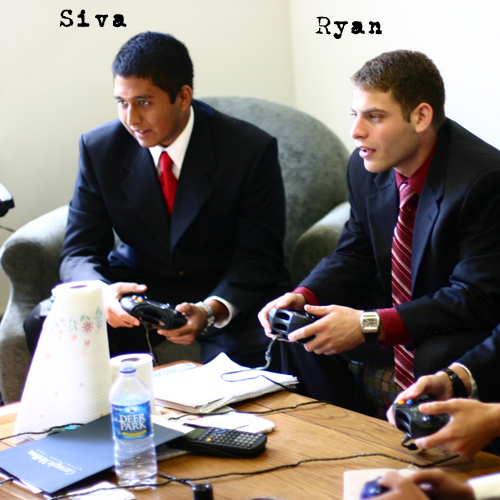


Professional Wii Bowling forms of Siva and Ryan


REFERENCES
^ back to top
- Project Proposal and Requirements,
Team Project Presentation, January 31, 2007
- Design & Architecture,
Team Project Presentation, February 14, 2007
- Mid-semester Project Status,
Team Project Presentation, February 28, 2007
- Test Plan & Experimental Validation
Team Project Presentation, March 28, 2007
- What's Done, What's Left
Team Project Presentation, April 11, 2007
- Project Poster,
May 4, 2007
18-549 course home page
ECE home page

















